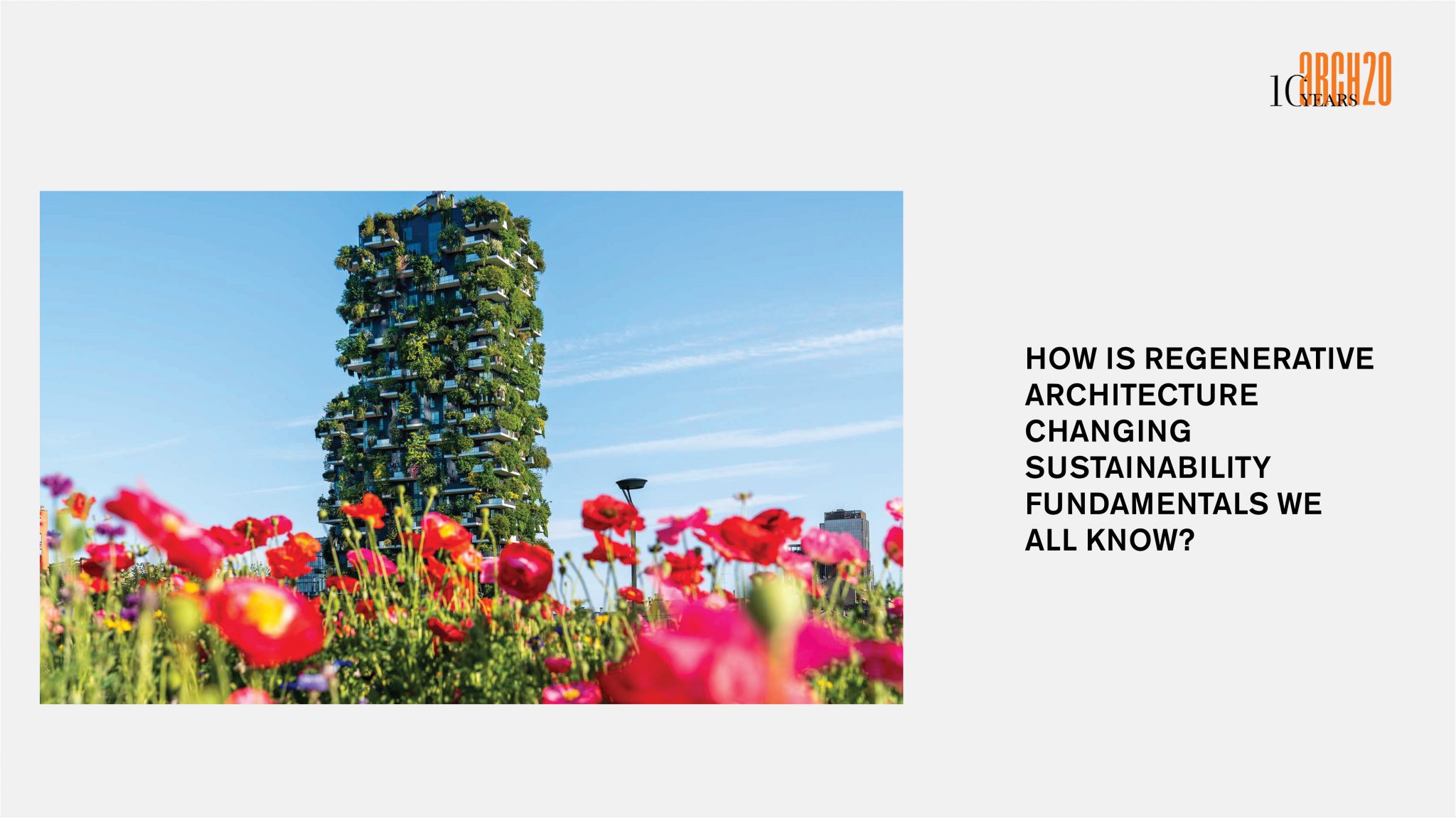
The website Arch2O publishes an in-depth article on regenerative architecture and how it is changing the concept of building sustainability, citing as an example the Bosco Verticale in Milan, designed by Boeri Studio.
Starting from the effects of climate change in cities around the world, the article describes virtuous examples of regenerative architecture, i.e. architecture designed and maintained to minimise damage and have a markedly positive influence on the ecosystem, a zero-energy and self-sufficient structure that not only breathes, adapts to its surroundings and reduces energy consumption, but also repairs itself, contributes to the community and provides for all the needs of its occupants.
The main characteristics described, therefore, for a building to achieve regenerative goals are: net-zero energy; reuse of water resources; adaptation to climatic conditions; and interdependence.
Among the examples of buildings that aim to achieve a paradigm shift in architectural design is the Bosco Verticale in Milan, the prototype building of a new biodiversity architecture, which no longer focuses solely on man, but on the relationship between man and other living species. Everything, in fact, in the Bosco Verticale has been taken into consideration, for the first time in architecture, in order to guarantee the best possible growing conditions for greenery, treating it as a true design material.
At the same time, the Bosco Verticale is not a point of arrival, but of departure. It is the first example, a case study, that gives the opportunity to understand, study and, consequently, improve various aspects of this new architectural typology. The Bosco Verticale is just one of the ways of implementing urban forestation, one of the strategies through which it is possible to bring thousands of trees and plants into the heart of a built city.
To read the full article: https://www.arch2o.com/how-is-regenerative-architecture-changing-sustainability-fundamentals-we-all-know/
